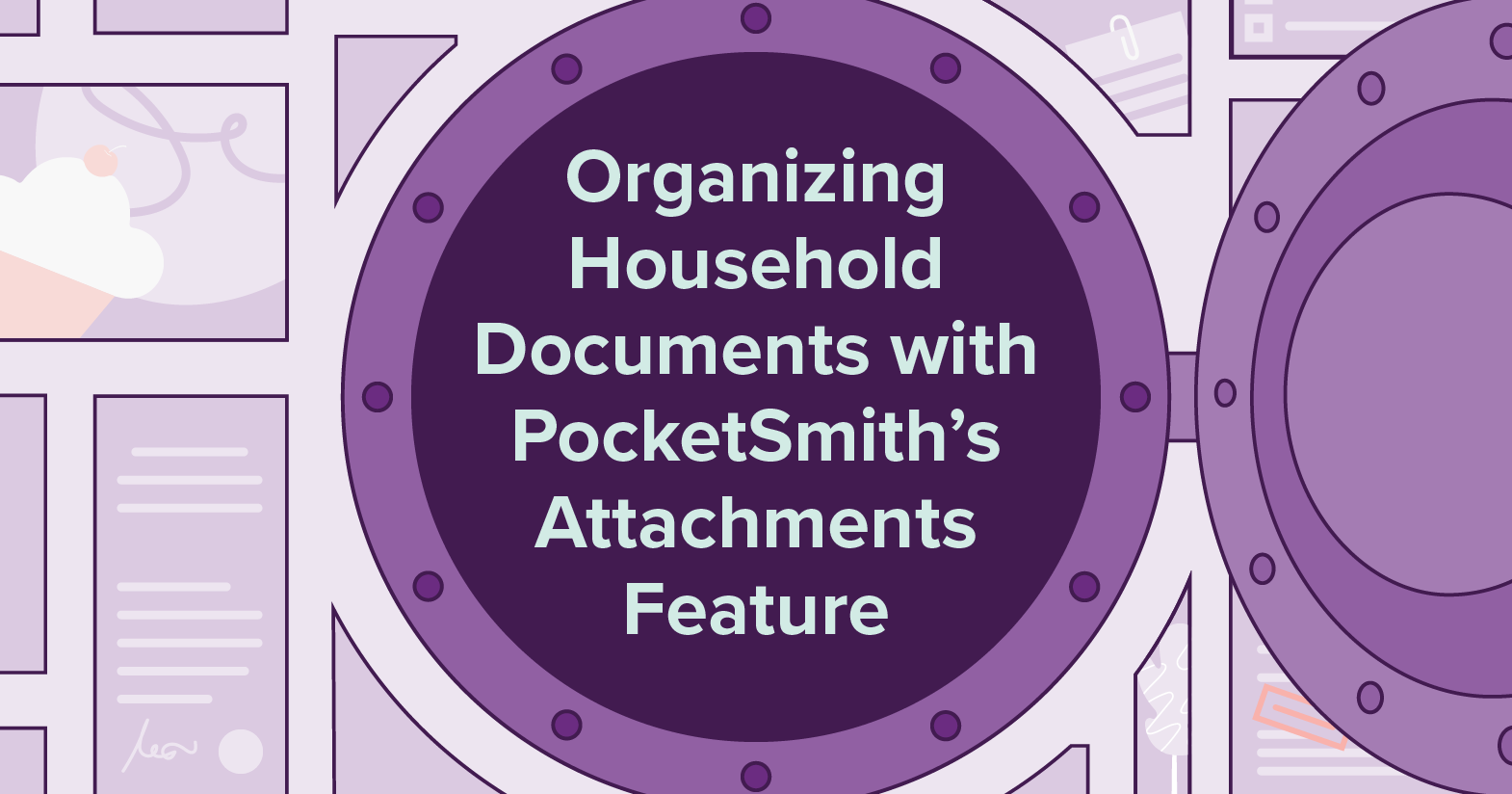
Declutter Your Finances for the New Year
As the saying goes, “tidy house, tidy mind”. Keeping a tidy wallet can have a similar effect on your well-being. But it can be easier said than done keeping something as complex as your finances organized and effective. Ruth The Happy Saver channels her inner Marie Kondo and shares how she’s decluttered her financial life.
Is your financial situation far more complex and cluttered than it needs to be? Probably.
Remember when you were ten years old, and your financial life was simple? As we grow, earn, gather up expenses and take on more responsibilities, we add layer upon layer of complexity to our financial lives.
A new year is an excellent time to declutter and simplify.
The Minimalists have a statement that I’ve fully embraced: “Anything we get rid of that we truly need, we can replace for less than $20 in less than 20 minutes from our current location.”
This statement has allowed me to let go of a whole heap of stuff, including personal financial documents, that were cluttering up my home and my head.
In terms of your finances, what can YOU let go?
There will be a range of things you’re holding onto — from physical copies of ancient invoices to annual subscriptions or even having too many bank accounts. We can hold onto things thinking “what if I need it”, but the truth is that even if we go too far and make a lot of cuts, items can be replaced. Yes, I admit that I canceled a bill payment in error once! I never noticed, but they did, sending me a polite “your invoice is overdue for payment” email. I reinstated it within minutes; no harm was done.
We sometimes get ourselves in such a muddle with our household finances, and it can feel easier just to ignore it. But you will feel a sense of calm if you address it!
Keeping track of transactions, even automated ones
Automation is fantastic for setting up payments to get bills paid on time. It feels great being organized, and it reduces the time spent paying bills each month. But even that needs a little tweaking once in a while.
When I started to pay attention to my individual bank transactions, I noticed a $20 payment coming out each month, and I had no idea why. I dug deeper, only to find that $20 left my account for three long years. That’s $720 that I couldn’t account for. Further digging found that $20 appeared back in my account a week after each deduction. For three years, I’d failed even to notice. I got to the root of the problem, working out that the money was trying (and failing) to go to a bank account I’d long since closed.
It was the wake-up call I needed to pay attention to automatic transactions. PocketSmith has been a real game-changer in helping me do this, and now nothing gets past me!
Using your email inbox folders and your camera saves time
We are so fortunate to have eliminated a lot of the physical paperwork involved in paying invoices, because we’ve replaced it with a digital version instead. When I buy online and receive a receipt, I make a folder in my inbox to store all receipts.
If you don’t want to clog up your inbox, you might want to give PocketSmith’s attachments feature a try. As an example in action, my friend Dora mentioned that she had purchased a product that then broke but she had lost the paper receipt so couldn’t return it without proof of purchase. Luckily she had taken a photo of the physical receipt and attached it to her purchase transaction in PocketSmith, so she had everything she needed to get the product replaced.
Quickly dealing with physical or digital receipts as you receive them keeps things tidy and means that you can find them on infrequent occasions when you need them.
We all need an ‘IN’ and ‘OUT’ tray
Do you have a drawer in your home where you diligently stuff all the store receipts you receive despite what I wrote above? Do you have a pile of statements that you have received in the post, acted on and then ‘filed’?
I base my physical record-keeping on the ‘IN’ and ‘OUT’ tray systems that you see in many offices. If I receive a physical invoice, I pop it in my ‘IN’ tray until it’s time to pay it. When it’s paid, it goes into the ‘OUT’ tray, by which I mean right out of my house! Then I email each company and ask them to email me all future correspondence. No more paper, please.
If I receive it in the mail, I only ever keep the latest copy on hand if I need to refer back to it, or I scan it into my computer and destroy the original. There is little need these days to keep years of invoices, and the supplier could forward you a copy if you have lost it.
Just deal with it!
Whether dealing with digital invoices and documents or physical ones, there is always that flagged email or document that lingers in my ‘IN’ tray. That ‘thing’ I keep putting off.
The beginning of a new month or even a new year is THE perfect time to deal with it. I put off renegotiating insurance because it requires phone calls, emails, and comparisons of complicated products. But every time I do take the bull by the horns, I feel a weight lifted off my shoulders. And the reminder that it wasn’t that big of a deal and I should have done it earlier!
I encourage you to constantly look for clever time-saving hacks to reduce the financial clutter in your life. We will never be done because we are bringing more information into our lives with every paycheque and purchase. But we can constantly sort and monitor, making the process faster and easier each time.
Ruth blogs at thehappysaver.com all about how she and her family handle money. What’s the secret? Spend less than you earn, invest the difference, avoid debt and budget each dollar that flows through your hands. She firmly believes that if you can just get the basics right, life becomes easier from there on in.





